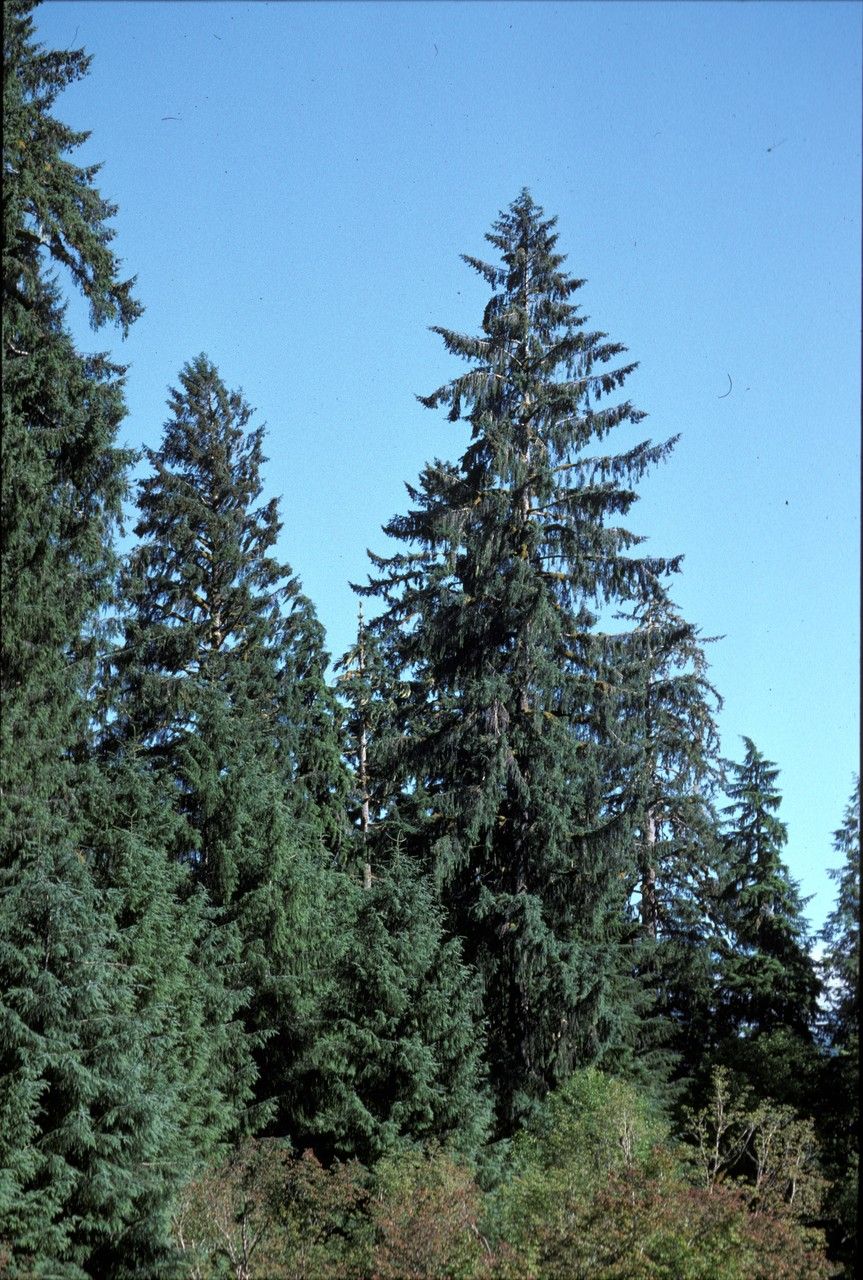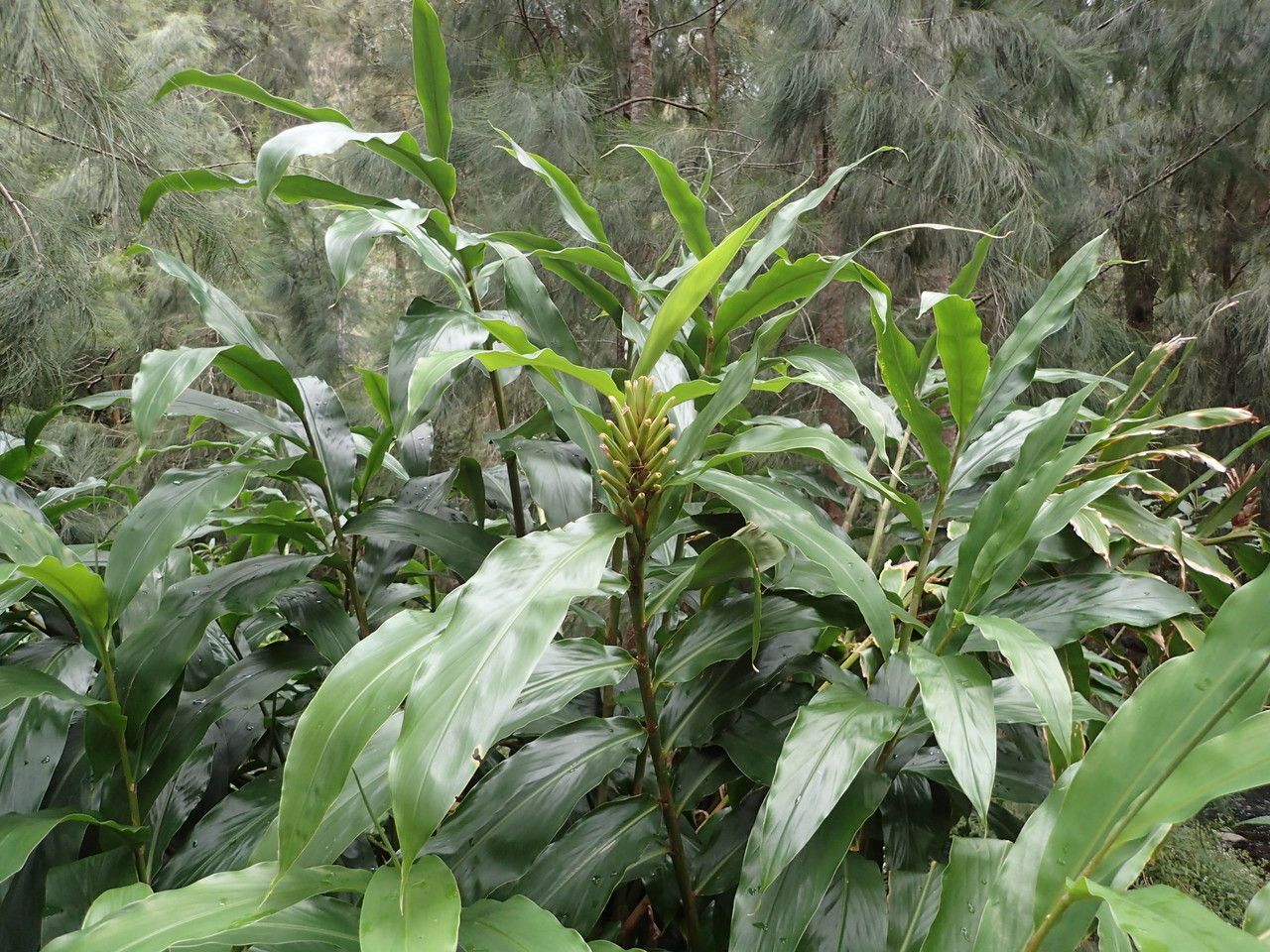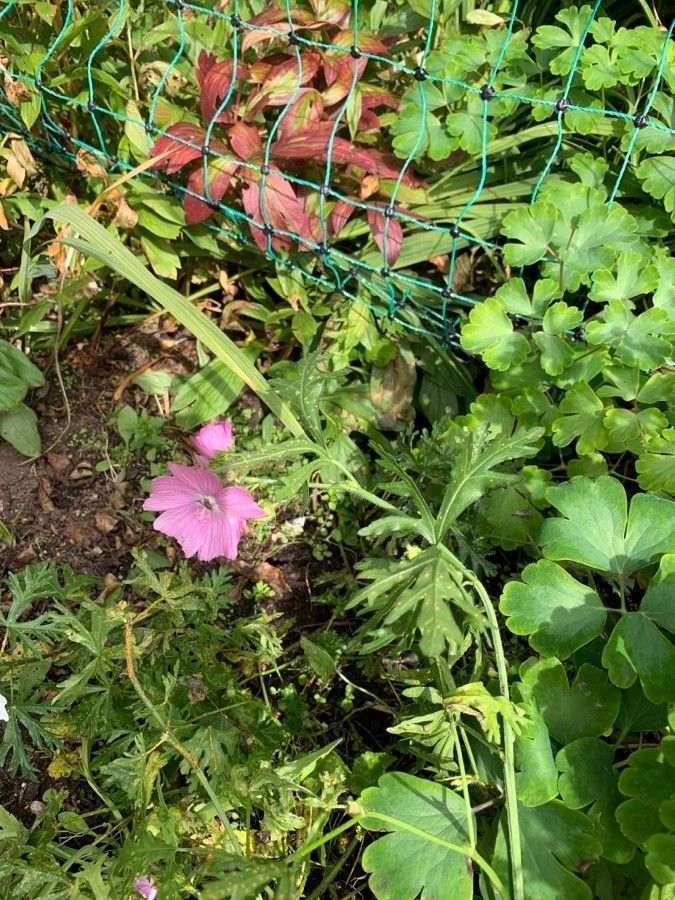## Sitka Spruce: A Majestic Evergreen for Your Landscape
The Sitka spruce ( *Picea sitchensis*) is a magnificent evergreen conifer, renowned for its impressive size and striking appearance. Native to the coastal regions of North America, from Alaska to northern California, this majestic tree is a popular choice for landscaping, particularly in areas with a cool, moist climate. Its elegant, pyramidal form and vibrant green needles make it a stunning addition to any garden or park.
### Habitat and Growth
Sitka spruce thrives in cool, humid climates and is particularly well-suited to coastal environments. It prefers well-drained soil that remains consistently moist but not waterlogged. These trees are incredibly tolerant of wind and salt spray, making them ideal for coastal planting. In optimal conditions, Sitka spruce can reach heights of up to 200 feet (60 meters), although smaller cultivars are available for smaller gardens. Their growth rate is relatively fast, especially when young.
### Soil Needs
Sitka spruce prefers acidic to slightly alkaline soil (pH 5.5-7.0) that is rich in organic matter. Well-drained soil is crucial to prevent root rot, a common problem for these trees if their roots sit in constantly wet conditions. Adding compost or other organic material to the soil will improve drainage and provide essential nutrients.
### Sun Exposure
Sitka spruce will tolerate some shade, especially when young, but prefers full sun for optimal growth. In hotter climates, afternoon shade might be beneficial to protect the needles from scorching.
### Planting and Care
Planting a Sitka spruce is relatively straightforward. Dig a hole twice as wide as the root ball and ensure it's deep enough to accommodate the roots without cramping. Gently loosen the roots before planting and backfill with soil, ensuring the tree is planted at the same depth as it was in its container. Water thoroughly after planting and regularly throughout the first growing season. Regular fertilization is beneficial, especially during the first few years, using a balanced fertilizer formulated for evergreens.
### Identifying Sitka Spruce
Sitka spruce can be identified by its sharply pointed, four-sided needles, which are about 0.5-1 inch long. The cones are cylindrical, up to 3-4 inches long, and droop downwards. The bark of young trees is smooth and gray, becoming rougher and scaly with age. The branches tend to droop slightly, giving the tree its characteristic graceful shape.
### Potential Problems and Solutions
Sitka spruce is generally a hardy tree, but it can be susceptible to certain diseases and pests, particularly root rot, if the soil is poorly drained. Regular inspection for signs of disease or pest infestation is important. Early detection and treatment can help prevent serious damage.
### Conclusion
The Sitka spruce is a magnificent addition to any landscape where conditions are suitable. Its striking appearance, impressive size, and tolerance of harsh coastal conditions make it a truly remarkable tree. By understanding its needs, you can ensure your Sitka spruce thrives for many years to come. Remember to consult local gardening experts or nurseries for specific advice tailored to your region and climate.
Sitka Spruce: Planting, Care & Identification Guide

Frequently Asked Questions
How fast does a Sitka spruce grow?
Sitka spruce trees are relatively fast-growing, especially in their youth. Under ideal conditions, they can grow several feet per year.
What are the ideal soil conditions for a Sitka spruce?
Sitka spruces thrive in well-drained, acidic to slightly alkaline soil (pH 5.5-7.0) that's rich in organic matter. Poorly drained soil can lead to root rot.


